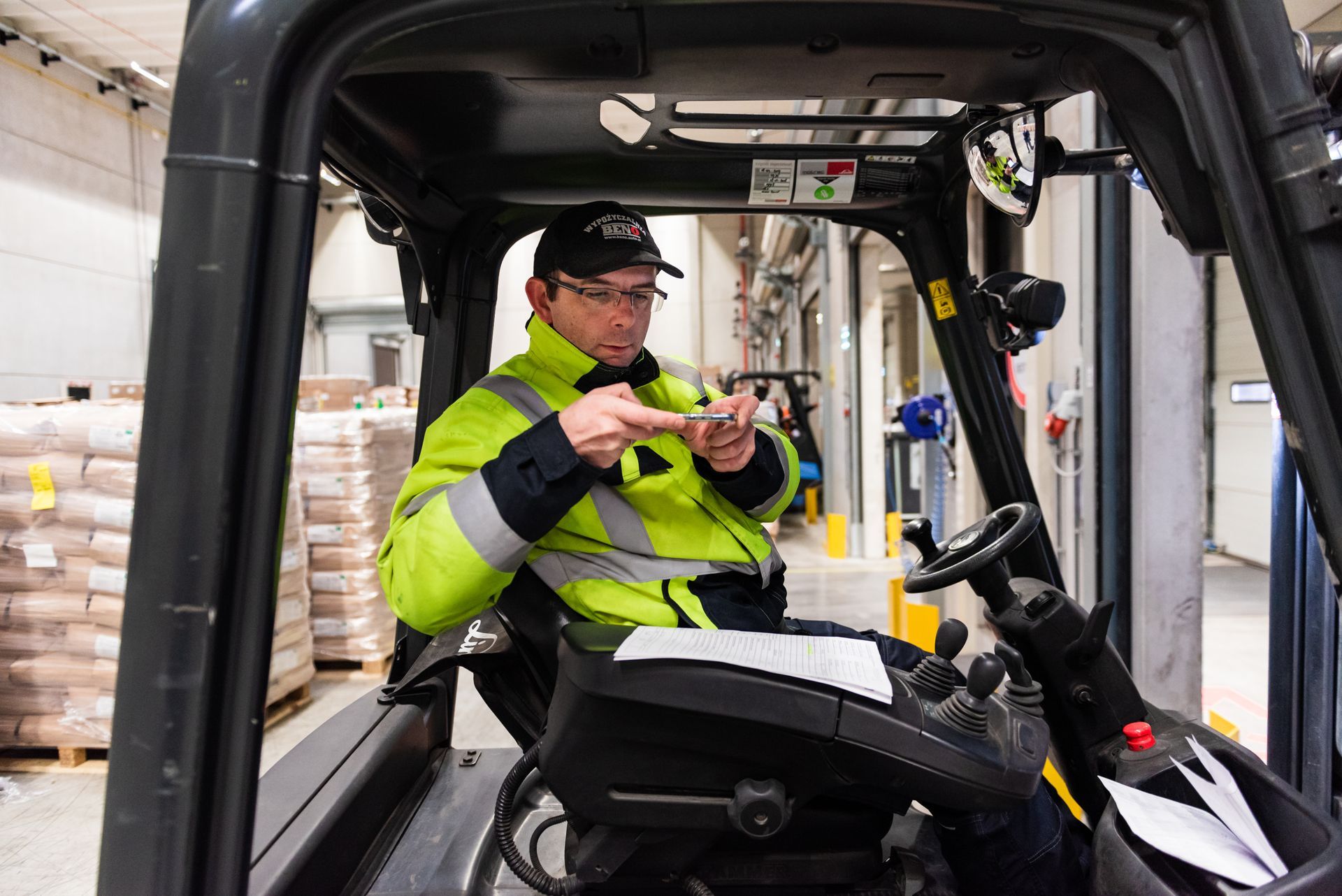Key steps to digitize cargo inspections
The logistics industry is often seen as being conservative and manual in its approach, but time is changing that idea. Digitizing cargo inspections have now shifted from being viewed as a luxury to a necessity.
In an era where everyone expects everything instantly it is important to undergo the digital transformation. This transformation means significant reductions in time and resource expenditure, effectively streamlining the entire process.
Challenges in traditional cargo and product inspections
Mistakes made by people are bound to happen, but they are a lot more common when performing a cargo inspection using traditional old-fashioned methods. These methods don’t use digital technology, which makes it difficult for stakeholders to track cargo’s movement along the supply chain.
For instance, the use of pen and paper for all checklists not only consumes valuable time but also increases the likelihood of human errors. Tasks such as transcribing shipment or container reference numbers, with their complex combinations of letters and numbers, can be tricky. Over time, paper piles and files accumulate, making it increasingly difficult to find just what you need.
Using manual methods also limits the ability to collect data which leaves less scope for informed decision making and trend analysis. Overall, the old way of inspecting cargo is less efficient and belongs to the past.

Steps to successfully digitize your logistics operations
Step 1: Assess your logistics landscape
To fully embrace digital solutions for your logistics operations it is important to have a baseline understanding of your existing processes. What are your strengths and weaknesses? This way you assess your current situation and evaluate how necessary, impactful and urgent digitization is for you.
Step 2: Set your intentions
It is important to define what your objectives are. Are you seeking instant communication? Or are you seeking cost reductions? Further goals such as sustainability, risk management and improved customer experience are other driving forces. Whatever they may be it is crucial that they guide your choices throughout the process.
Step 3. Choose the right technology
Choosing the right technology is a crucial step. Things like compatibility, scalability and the match between your needs and what technology can deliver are key factors for a successful transition.
Data Collection and Integration
Can the chosen solution be integrated with what your company already works with and without major IT efforts? It is best to check that it is supported so that data can flow smoothly between the different systems without data loss or formatting issues and won’t require a lot of time nor expert IT skills.
Workflow Automation
Automation can significantly enhance efficiency by automating repetitive tasks, reducing manual intervention, and speeding up processes. This can lead to increased productivity as employees can focus on more strategic and value-added activities.
Security and Data Protection
It is essential to guarantee that your confidential information is in safe hands and protected from unauthorized access or breaches. Failure to do this can mean fines, legal consequences and damage to your company’s reputation.
Scalable implementation
There can be fluctuations in demand and business growth or maybe your company has plans to expand internationally. It is important to verify that the digital infrastructure can handle the increased workload. And that the system can be modified with minimal disruption to ongoing operations.
Step 4. Engage your team
You need to have your team on board to make this transition. Does it require someone to have some prior knowledge or be an IT wizard? It is vital that your chosen route to digitization is one that is easy to implement and does not take long to become familiar with.
Step 5. Evaluation phase
If a period of free pilot testing is included, then it gives you time to assess the system's functionality, performance and compatibility before full implementation. It also gives your team some time to gradually get familiar with the system so that the transition is as smooth as possible.

Step 6. Gain insights from success stories
It can be very beneficial to look at other companies that have made this transition and to learn from their experiences. Cargill is one such example and the results of digitization meant increased productivity and customer service as well as faster inspections.
Digitization is an ongoing commitment
The move to digital cargo and product inspections is an ongoing process and does not happen overnight. It requires nothing short of commitment to adapt and to do so continuously to meet the evolving industry standards and customer expectations.
Cargosnap is a user-friendly digital solution that can do all the above for your cargo inspections in a simple and effective way. Several logistic companies like Sea-Cargo and Amsterdam Warehouse have embraced Cargosnap and achieved outstanding results.





